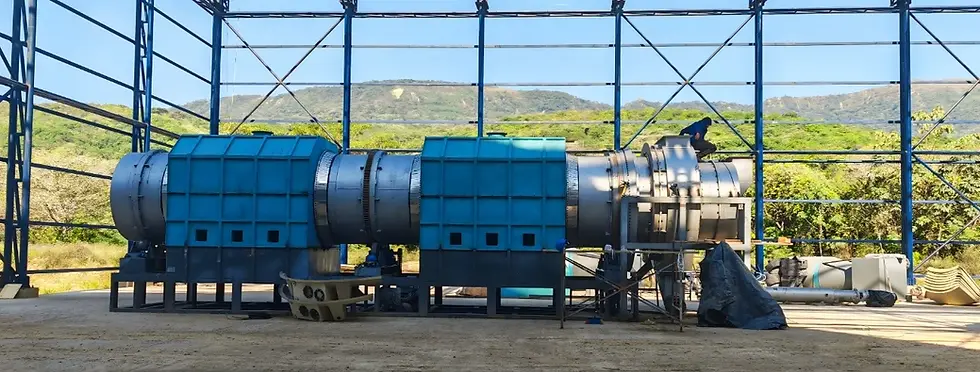Urban Waste Management Solutions with Waste Tire Pyrolysis Machine Deployment
- lee784287
- 6月30日
- 讀畢需時 2 分鐘
Urban centers around the globe are experiencing unprecedented pressure from mounting solid waste volumes, with end-of-life tires constituting a persistent and hazardous component. These discarded tires are not only voluminous and non-biodegradable but also prone to fire hazards and breeding grounds for disease vectors. The deployment of a waste tire pyrolysis machine presents a compelling strategy for integrating sustainable waste management into the urban fabric.
Transforming Tire Waste into Usable Resources
The waste tire pyrolysis machine utilizes thermochemical decomposition under an oxygen-free environment to convert scrap tires into valuable by-products. This process yields three primary outputs: pyrolysis oil, carbon black, and combustible gas. Each of these outputs has established industrial applications, turning a formerly problematic waste stream into a revenue-generating supply chain.
Pyrolysis oil serves as an alternative industrial fuel, particularly attractive in markets with high energy costs or limited fossil fuel access. Carbon black, after refining, can be reintegrated into manufacturing processes such as rubber compounding, ink production, and even plastics reinforcement. The incondensable gas, often rich in methane and hydrogen, can be recycled in-situ to power the pyrolysis unit, reducing external energy dependency.

Enhancing Urban Waste Infrastructure Resilience
Integrating a waste tire pyrolysis machine into municipal waste handling facilities diversifies the urban waste treatment portfolio. Unlike incineration or landfilling, pyrolysis operates with minimal environmental release, effectively containing volatile organic compounds and heavy metals through advanced gas scrubbing systems.
This technology is particularly adaptable to decentralized waste management models. Its modularity allows for installation in space-constrained urban districts, where logistical efficiency and emission control are paramount. Moreover, modern systems are designed for semi-continuous or fully continuous operation, ensuring minimal downtime and steady throughput — critical for high-density municipalities.
Addressing Policy and Environmental Objectives
Many cities are under pressure to comply with zero-waste targets and carbon neutrality commitments. By deploying waste tire pyrolysis machines, municipalities can directly reduce the volume of tires sent to landfills while simultaneously lowering greenhouse gas emissions compared to open burning or dumping. In lifecycle analyses, pyrolysis consistently demonstrates a lower environmental footprint and contributes to circular economy models by reclaiming materials previously considered unusable.
Additionally, regulatory incentives such as carbon credits and energy recovery certificates make the adoption of pyrolysis financially attractive. These machines can be integrated with existing waste-to-energy frameworks, complementing anaerobic digestion or mechanical-biological treatment facilities.
Conclusion
The waste tire pyrolysis machine represents a robust solution to a long-standing urban waste dilemma. Through the strategic conversion of scrap tires into valuable secondary materials and energy, cities can simultaneously advance environmental compliance, generate local employment, and enhance waste system resilience. As urban populations continue to rise, such scalable and clean technologies will become integral to sustainable city management.



留言